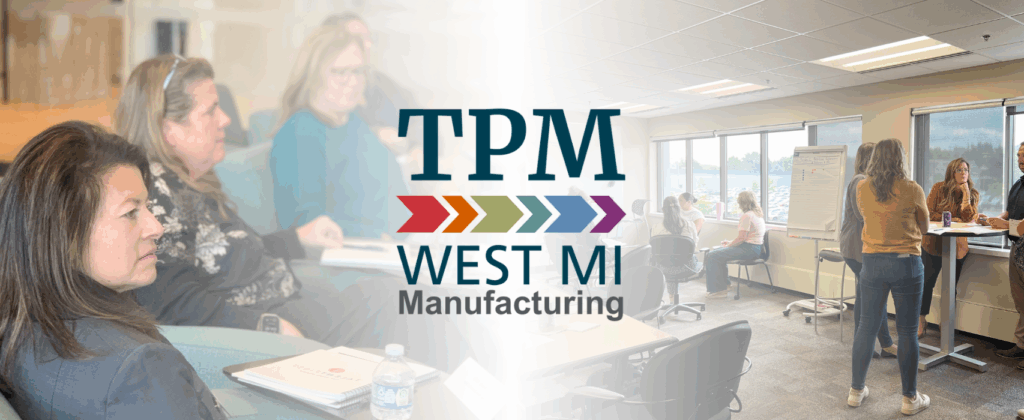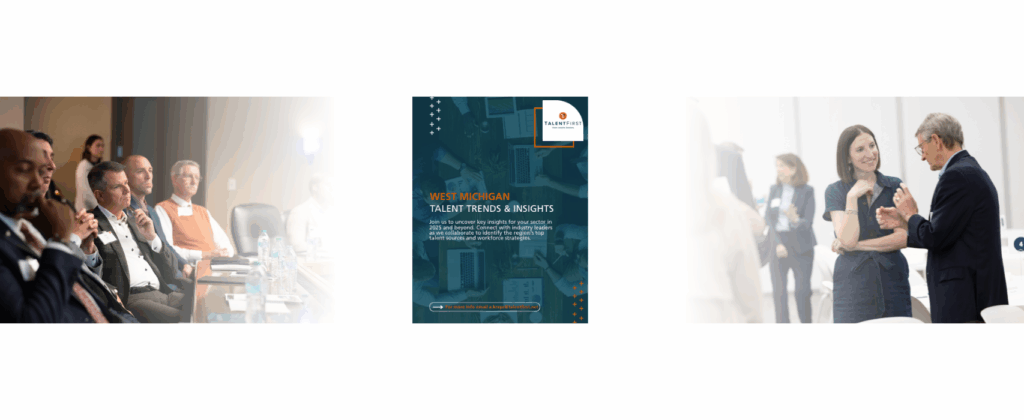Continued learning is essential for any type of professional development. An intrinsic drive to expand your knowledge is especially important with leading diversity and inclusion within an organization as the field is constantly evolving with new terminology, policies, local and national initiatives, social justice movements, and more.
D&I Five Essential Leadership Competencies Workshop Series
In January, the new diversity and inclusion guidebook, Five Essential Leadership Competencies of an Effective D&I Practitioner was published. This practical guide outlines what a D&I officer needs to know and be able to do to be successful in their role. Since March, a series of workshops have been hosted featuring a panel of contributing authors. On of the main goals is to help practitioners better understand the competencies needed to impact change, while providing realistic workplace application examples and tools to develop your skillset. The competencies outlined in the guidebook are:
- Personal Characteristics: There are several individual attributes that increase the effectiveness of the D&I officer. Those traits center around being authentic, curious, determined, and resilient while finding value in fostering meaningful relationships.
- Knowledge: The role requires a foundational understanding of multiple diversity and inclusion topics. A willingness to engage in continued learning is essential as the D&I field is constantly evolving with language, research, and practice. D&I is a highly networked field. The collective impact of sharing knowledge and resources is more important than the competitive edge in this space.
- Planning: Strategic planning is a process, not a product. During this process, organizations envision their ideal future state and then develop specific plans, strategies, and actionable steps to achieve it.
- Leading: Leading organizational change requires both business acumen and political savvy to navigate an organization and communicate data to compel people to act. It also involves influence to shift mindsets, solve problems, and disrupt programs, practices, and systems to move the organization forward.
- Communication: This competency includes listening to others to receive verbal information, speaking to others to convey verbal information; reading documents, charts, graphs, tables, forms, prose, and continuous text; and writing to convey or document written information.
Ways to Engage
The content shared in the guidebook and workshops was designed for D&I officers within organizations. However, CEOS, human resource leaders, organization development, individual contributors, and allies have all found value in the research, framework, and insights shared. Below you will find four easy ways to engage.
- Download a free PDF of the guidebook. A paperback version of the guidebook can be purchased from Amazon.
- Watch the first four workshops on YouTube. Subscribe to the channel and share your comments on the corresponding videos if you find value in the content.
- Register for the fifth and final workshop on Communication, scheduled on June 30th from 1-2:30 pm (EST).
- Share the guidebook, recordings, and key insights with your colleagues and network.
{{cta(‘be643ac7-73e2-40f6-a7b2-7c5927924bf4′,’justifycenter’)}}


